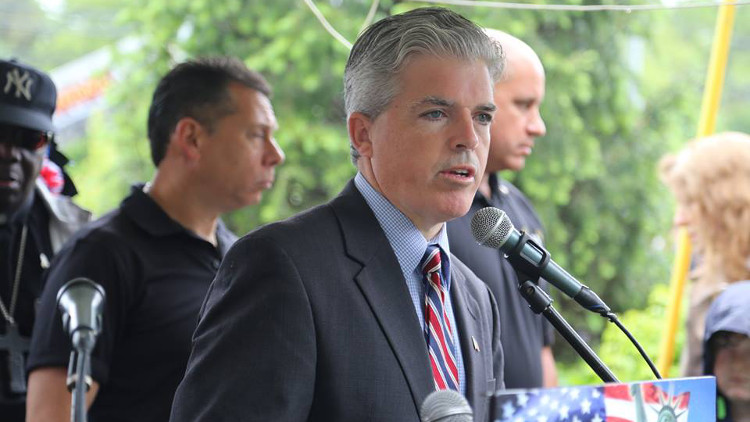Up until last week’s piece on the Nassau Coliseum, the focus of my work for the Long Island Press has been mostly a critical look at recent planning efforts undertaken by Suffolk County. Notable examples include my analysis of the flawed Connect Long Island plan, criticisms concerning the Suffolk County’s lackluster water protection planning efforts, and my take on the recent “regional planning alliance” that was formed to shepherd through the Ronkonkoma Hub.
The focus on Suffolk is intentional – simply put, Suffolk County is where the urban planning action (if it can be called that) is on Long Island. With roughly 46,000 acres of vacant open space left, multiple opportunities for redevelopment, and room for expansion, Suffolk is where any meaningful development policies can still be enacted on Long Island. Suffolk County’s policymakers routinely discuss land use issues. In Nassau, they toss tax breaks at political insiders while praying for the best. Even worse is that planning is needed just as much in Nassau as it is in Suffolk. Nassau is a stagnant county, and even worse off in regards to regional planning. Simply put, there is no body of work to build future strategies upon.
Suffolk has a rich legacy of planning efforts that over the course of recent administrations has become watered-down and special-interest driven, which is a disservice to the process itself. Good policies have been enacted, continued and expanded, but others leave room for improvement. And that is why I write about these important issues in the first place.
Late last week, Suffolk released the latest iteration of its “Comprehensive Master Plan.” Entitled Framework for the Future, this document lays out the county’s growth strategies through 2035. Interestingly enough, Suffolk already produced such a plan in 2011, and the Long Island Regional Planning Council studied Sustainable Strategies for Long Island 2035 in 2010. Both documents are detailed and lengthy (the LIRPC plan is around 230 pages), making the 76-page document just released by Suffolk seem quaint by comparison.
Compared to the other efforts, the new report reads like a series of disjointed press releases from the Suffolk County Executive’s office. Essentially it is the same series of solutions that are pushed routinely. A true inventory that quantifies regional needs is missing. Where is a detailed housing analysis, data-backed commercial and industrial analysis, transportation assessment or the like? In the past, the county’s housing studies alone were 120 pages. In total, the latest plan, minus the introductions and the platitudes, has a mere 48 pages of written analysis. Quality vs. quantity is not the argument here because much of what is presented is clearly recycled content from the administration’s previous press releases, statements and Suffolk County reports. The previous studies were lengthy and dense – each page filled with facts, figures and recommendations.
By itself, the latest version is not a bad document. The data included in it covers several years as it should. Arguably, the 2011 plan did all of the groundwork already, but what is troubling is that the current document released by the Steve Bellone administration makes no reference to any of the previous 2035 plans, even in passing. There has to be a better way to bring cohesion to these efforts.
And they must go beyond photo ops and luncheon appearances featuring smiling county executives. At least, Suffolk provides a fertile ground for policy debate, creation and incubation. Not so west of Route 110. Recently, Nassau’s comptroller of all people had to take the reins to bring about a much needed discussion of the county’s future, hosting a series of public hearings and even going so far as to write a strategic plan in regards to retaining LI’s millennial generation. Time is running out for Nassau County Executive Ed Mangano and Suffolk County Executive Bellone to make a coordinated meaningful difference in meeting the Island’s ever-pressing needs.
Our woes don’t respect the county line, and we have to stop planning at the regional level like they do.
Rich Murdocco writes about Long Island’s land use and real estate development issues. He received his Master’s in Public Policy at Stony Brook University, where he studied regional planning under Dr. Lee Koppelman, Long Island’s veteran master planner. Murdocco is a regular contributor to the Long Island Press. More of his views can be found on www.TheFoggiestIdea.org or follow him on Twitter @TheFoggiestIdea.






























